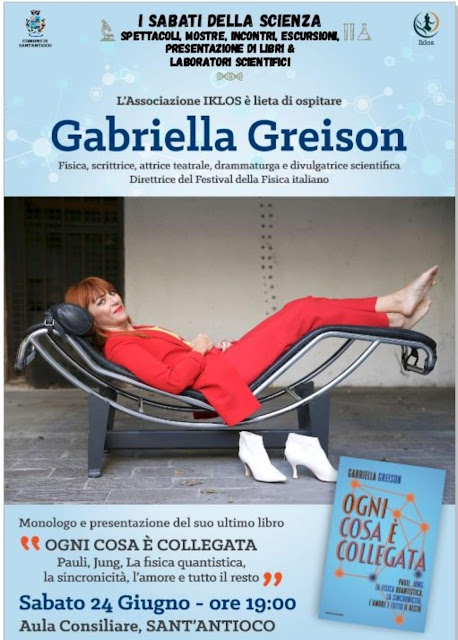Una dinamo umana per caricare il pacemaker
Sfruttando l'effetto piezoelettrico (la capacità di alcune strutture di generare corrente elettrica quando vengono compresse) John Rogers e altri ricercatori dell'Università dell'Illinois (Urbana-Champaign) hanno generato energia dal movimento naturale del cuore, dei polmoni e del diaframma a mucche, maiali e pecore.
L'energia prodotta sarebbe sufficiente per alimentare pacemaker, impianti cocleari e cardiofrequenzimetri evitando così la sostituzione delle batterie.
lo studio, pubblicato su Pnas il 16 Dicembre 2013 con il titolo: Conformal piezoelectric energy harvesting and storage from motions of the heart, lung, and diaphragm.
 |
| Thin, flexible mechanical energy harvester, with rectifier and microbattery, mounted on a bovine heart. Credit: University of Illinois and University of Arizona. |
Abstract
Here, we report advanced
materials and devices that enable high-efficiency
mechanical-to-electrical energy conversion from
the natural contractile and relaxation
motions of the heart, lung, and diaphragm, demonstrated in several
different animal
models, each of which has organs with
sizes that approach human scales. A cointegrated collection of such
energy-harvesting
elements with rectifiers and
microbatteries provides an entire flexible system, capable of viable
integration with the beating
heart via medical sutures and operation
with efficiencies of ∼2%. Additional experiments, computational models,
and results
in multilayer configurations capture the
key behaviors, illuminate essential design aspects, and offer sufficient
power outputs
for operation of pacemakers, with or
without battery assist.



Commenti